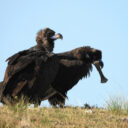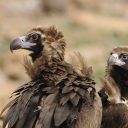CINEREOUS VULTURE CAPTIVE BREEDING
Breeding Cinereous Vultures in captivity for conservation purposes
- Homepage
- Pages
- Our Work
- Captive Breeding
- Cinereous Vulture EEP
© Antwerp ZOO / Jonas Verhulst
The European Endangered Species Programme (EEP) is the most intensive type of population management for a species kept in the European Association of Zoos and Aquaria (EAZA) zoos. It is a captive-breeding programme that aims to conserve sustainable back-up populations of animals in captivity while safeguarding the genetic diversity up to 90%. These EEP programmes are a sort of Noah’s ark, should the wild population’s fortunes really take a turn for the worse. Animals born in captivity can then be used to boost populations in the wild, which is the case for the Cinereous Vulture. International collaboration and close coordination is crucial to this objective.
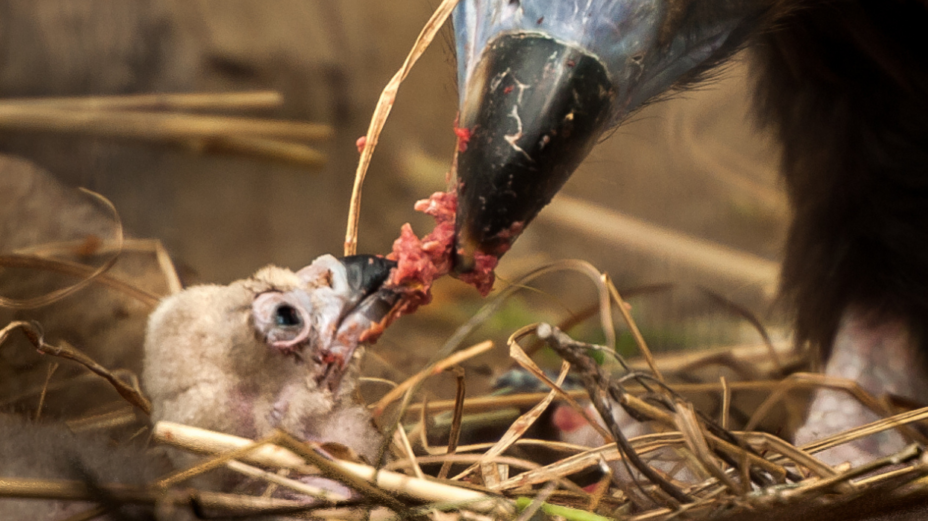
CINEREOUS VULTURE CAPTIVE BREEDING NETWORK
The Cinereous Vulture or Eurasian Black Vulture (Aegypius monachus) EEP is made up of 43 zoos and animal parks ranging from Spain to Kazakhstan and is home to about 40 breeding pairs. It is managed by the studbook keeper and coordinator Marleen Huyghe from Zoo Planckendael in Belgium, who is also an Advisory Board member for the Vulture Conservation Foundation (VCF). The VCF also shares expertise and experience to help update guidelines and protocols.
Besides holding and updating the actual register, as a studbook keeper, Marleen Huyghe acts as a matchmaker and makes recommendations for new pairs, transfer of individuals between zoos, husbandry, captive breeding and reintroduction candidates. The programme is supported scientifically by Philippe Helsen, research coordinator in the Centre for Research and Conservation in Zoo Antwerp in Belgium.
To tackle the breeding difficulties in the Cinereous Vulture EEP, the CRC focused on pairing and studying breeding success with this species. ZOO Planckendael took the initiative of setting up a European dating aviary where birds can choose their own partners. This is essential to breeding success. A second dating centre was recently established in Rhenen Zoo in the Netherlands. Pairs formed in these dating aviaries are sent to breeding facilities in zoos.
At present, breeding success is still low in the EEP, but there is a positive trend. At the end of 2019, a workshop on ex-situ breeding of the species was held in Zoo Antwerp, where experts from in situ and ex situ were gathered. The need for the establishment of specialised breeding centres and more dating aviaries was recognised, and the revision of the actual husbandry guidelines into Best Practice Guidelines is planned for the near future.
Over the years, a unique collection of Cinereous Vulture samples including specimens from the EEP population as well as both the natural and reintroduced populations and their offspring is — thanks to efforts on the field — collected by the CRC. Philippe Helsen and his team examine the DNA in these specimens to gain more insight into the EEP as genetic back-up populations, the breeding success, and the role of the reintroduced animals during reintroduction projects. These genetic analyses will hopefully give information to further improve reintroduction strategy for the species in future.
DATING AVIARIES AND MATCHMAKING
Dating aviaries allow young captive birds of both sexes to mingle and choose their partner naturally, leaving it to the chemistry between the individual birds. Humans often pair individuals based on the EEP studbook data on sex and origin as another way to form pairs. Innovative scientific research on the role of genetics for mate choice is also underway to help with matchmaking decisions.

BREEDING BEHAVIOUR
When courtship begins, it’s a sign that the pair is ready to start breeding. Staff provides material for nest building and observes the pairs’ behaviour, such as copulation until they hopefully lay an egg.
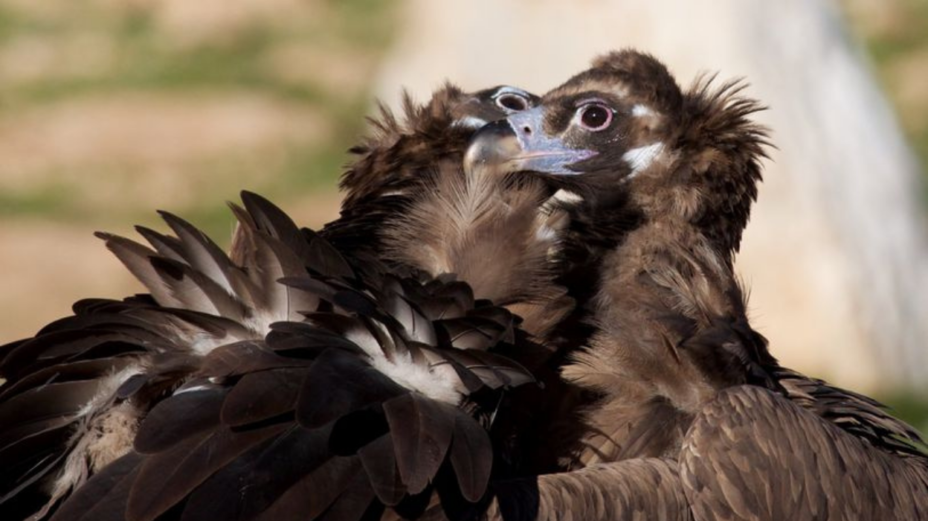
INCUBATION
With the longest breeding period of all European raptors, the species lays only one egg at a time and the incubation period lasts an average of 57 days. In captivity, the egg is sometimes removed and artificially incubated.
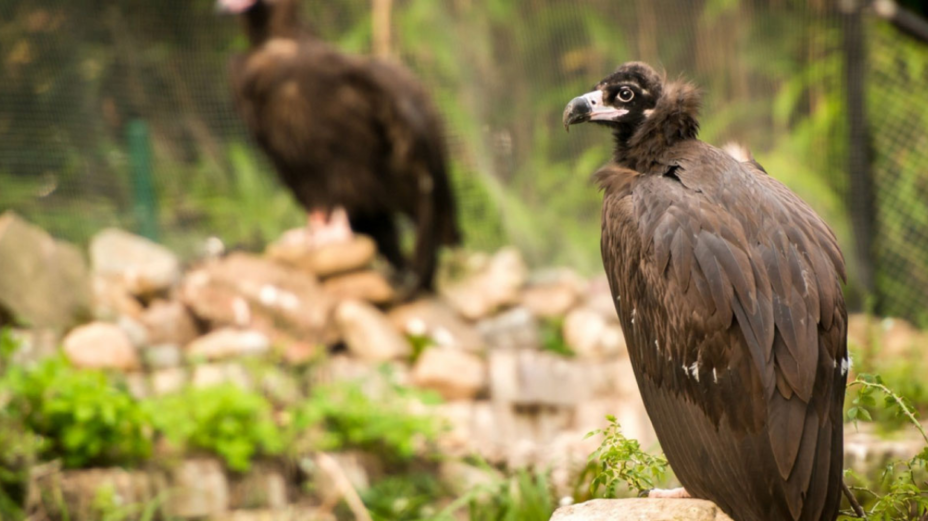
HATCHING AND REARING
Once the egg hatches, human keepers continually monitor the chick, and sometimes help rear in the first few days if necessary. Cinereous Vultures chicks in captivity are raised by their biological parents or adopted by foster parents, depending on the case.

RELEASE
If there are enough chicks produced within the network, they are donated to conservation projects reintroducing or reinforcing the species population in Europe. That involves transferring young birds hatched in captivity, which are only three months old and nearly ready to leave the nest, to the territory where they will be released. There, they are placed in an artificial nest, or a hacking platform. Then they are monitored from a distance. Young birds, which are more quickly fixated on or attached to a certain place, are a crucial part of this reintroduction strategy.

WHY CAPTIVE BREEDING IS IMPORTANT
Captive breeding of Cinereous Vulture is important to reintroduce or reinforce the population of the species in the wild. The species faced a dramatic decline in Europe over the 20th Century, but thanks to conservation actions, it is making a comeback in some regions.
The Cinereous Vulture EEP currently supports Vultures Back To LIFE, a historic project aiming to reintroduce the species to Bulgaria. In 2019, the captive breeding network donated four out of the ten chicks produced to the Vultures Back To LIFE to be released to the wild. Along with this project, young birds bred within the network were released in collaboration with the VCF in Majorca, Spain and France.
